Long time ago
The world around us is understood through different mediums, meaning is always defined in its era of time, but now, the meaning is the image and the picture. Our world today would have been totally different if it had not been for the picture. It shapes our imagination, perception, reality, sets the trends, and decides what should be regarded as mesmerizing or unappealing.
Nowadays, one can make anything appear as aesthetic through the picture. One key element however that is central to the image is photography. Being a photographer can make you much more observant about the world. You notice people more, events, places and things.
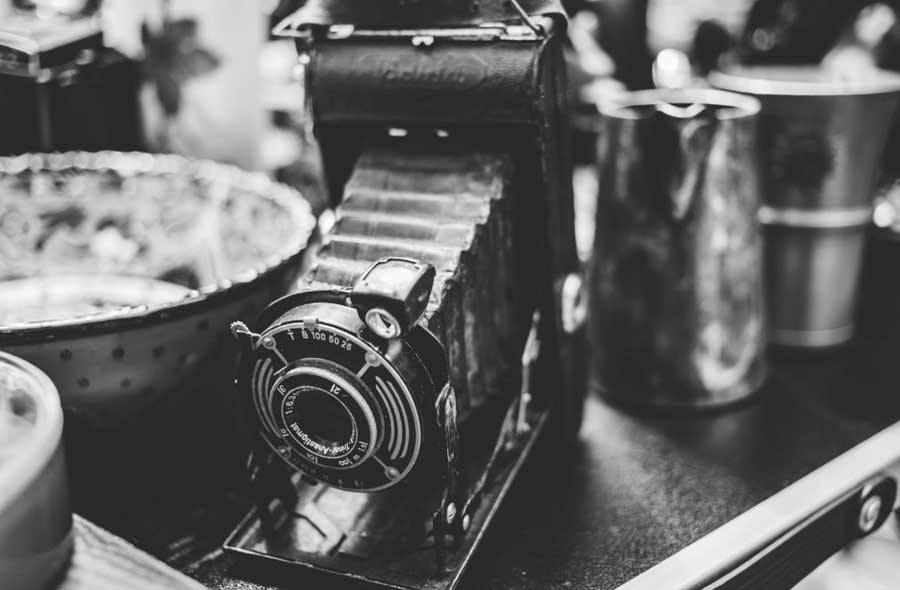
Photography’s history and development are actually one of the most interesting stories and they are often disregarded, one of the most important things as a photography practitioner or photography fan is to know the legacy and the history of how this field of art has taken shape. To first understand the history of photography, one needs to understand where the word originated from, photography means drawing with light as it was first understood by the Greeks.
Contrary to popular belief, the Obscura was not necessarily the first camera idea or the first theorization; it was actually back in the pinhole camera idea in 4th BC. The idea was that they could make a light reflection into the wall, and the first idea came in China and Ancient Greece around the same time.
The stages of photography and camera developments took a long history from the pinhole camera idea to the late smart phone 120 frames per second almost life like images.
The camera Obscura
The idea of the camera obscura is quite interesting; it is a camera without a film and it s the true beginning of what would become an art later. The idea behind the camera obscura came around 1685, by cutting a hole into a box room, light is reflected into the other side creating an image that is upside down. The idea of the camera obscura was seen as early as the 4th century BC in old manuscript of Chinese philosophers. It was even discussed by Leonardo Da Vinci is some of his drawings during the renaissance period.
The idea was very important for not only photography, but also light science, astronomy and even glass wear. It was a natural phenomenon whereby some artists used the hole in a room to reflect light coming off from an outside source such as a landscape or buildings. The obscura was quite literally drawing with light, it helps reflection upside down and it eventually led to the first ever permanent photograph.
The other phase leading into the obscura was using some light sensitive chemicals that help in the formation of images using the light reflected. This was thanks to silver nitrate in 1826 at the end of experimentations with light sensitive materials that react to certain levels of light that was called a photochemical effect. Using these elements available, the groundwork for the development of the camera was laid out.
The development of photochemical light sensitive material was also coupled with bettering the obscura room inserting a lens in the hole to focus the light. In southern France of 1826, thanks to Joseph Nicéphore Niépce who is credited for the invention of the permanent physical photograph, after experimenting with the obscura using light sensitive chemicals, he had created the first ever photograph which took more than 8 hours of work to materialize.
The photo was of a building and it is now the first every photograph that lasted:
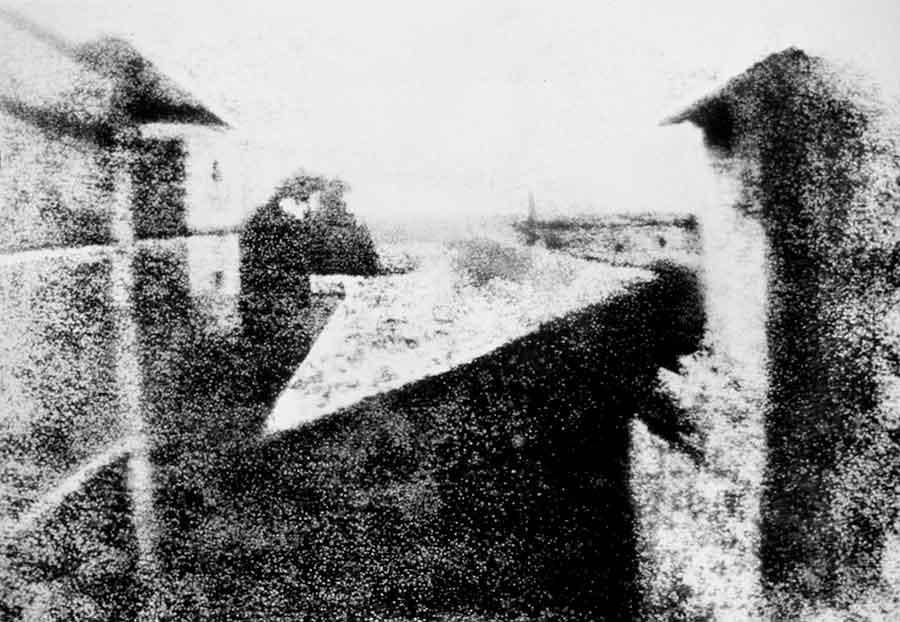
This photo had taken 8 hours to finally make and as one could see, the sun light travelled so much that the light is reflected on both sides of the building which makes it look like there was another source of lighting, but in fact, it was just because the photo took eight hours which cause the pictures to capture all of that light in the 8 hour window.
His death in 1833 did not mark the death of photography, as a matter of fact, he had been exchanging some information with Louis-Jacques-Mandé Daguerre who took his ideas to new levels making it a new phase in the camera development, the Daguerreotype.
The Daguerreotype, 1839
The Daguerreotype was the most popular camera at the time and it received a lot of attention as it was public, it was also altered using lenses and films with experimentations on the chemicals used in the process of photograph making. The Daguerreotype took the inventions and the theories and made the camera much better, the lighting was enhanced, the pictures look more real and there was a lot more detail in the photographs, the camera was also used by virtually anyone eventually leading to taking the first ever picture of a human:
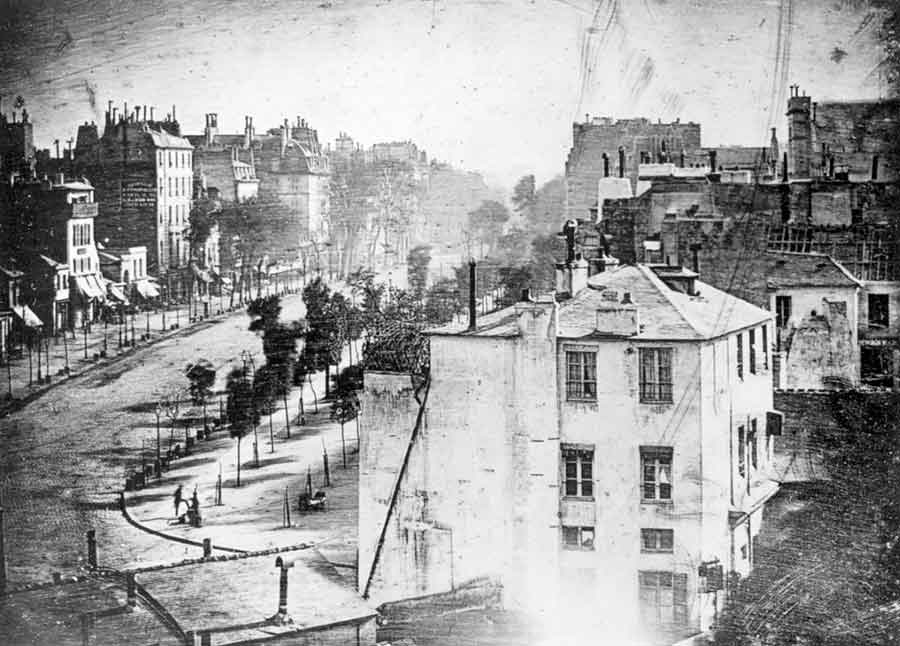
In the left down corner, one could see that there was someone shinning their shoes during the whole process of the picture, while the pictures of the Daguerreotype did not take 8 hours to make, they still took some minutes.
This changed everything, because unlike our perception of photographs, one could see events that have happened before, and one could see what others saw and wanted to share. With a piece of copper and silver shined and polished to perfection that it reflects darkness and light. Using iodine and other light sensitive materials known at the time, the plate is then taken to the camera obscura that has evolved overtime to perfect images.
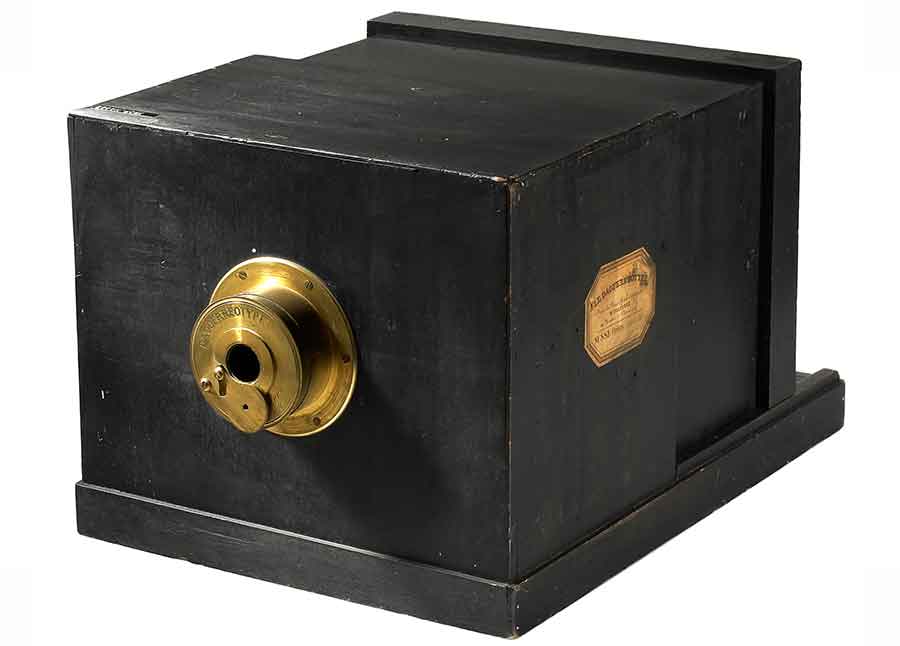
Once the plate is exposed with enough time, the plate is then taken into another box of mercury fumes and they react to the plate, once the plate is withdrawn from the box of mercury, a picture appears with the image that has been still during the time the plate was in the obscura. The process though it is very easy and simple now, it took a lot of years and hard work to perfect, and it created a revolution.
The Daguerreotype is still alive today and they are in perfect condition although they have been made more than a century ago. They are the first commercialized cameras that we know of today. During the same time, there was another inventor, William Henry Fox Talbot that was a scientist and he worked in England on his version of the camera.
The Calotype
He was arguably the rival of daguerreotype, he wanted to draw pictures and make art, though he did not have any skills or talents. So he experimented with the camera but this time, it was using paper. The issue that remained in the calotype was that there was a copyright put on the camera version which is why the camera did not have as much success as the Daguerreotype.
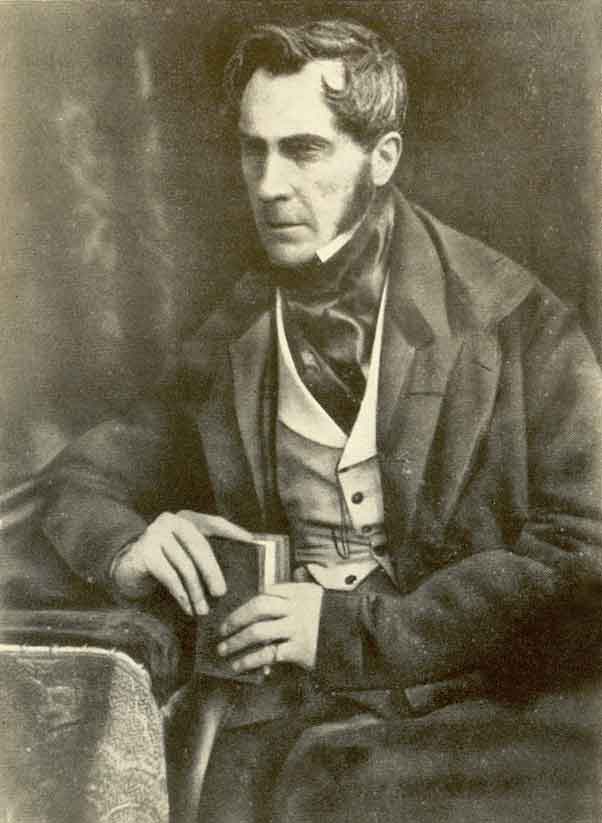
What Talbot wanted to do was to record the image quite literally into a paper, so he tried different materials and chemicals to do so. Using sliver chlorite in the production of what was called a photogenic photograph; it was done by coating paper with slat, sliver nitrate and then place the reflection of the lit object. The chemicals react to the light and darken over time, and then the paper is fused with a significantly strong salt water solution to further expose the light that was in the picture. During that time, Sir John Hershel also came up with his own version of the camera called the cyanotype.
The salted paper print was also discovered and made by Talbot; this was using the process of the permanent picture by infusing it with sodium. The salted paper print was very similar to the daguerreotype in the way that it looked real and it was permanent, the difference in look is that the daguerreotype looked more lifelike, and the salted paper print had a slightly more tinted and less edgy look.
The calotype negative was also used by Talbot and a little bit of help from John Hershel that has helped the scientist get better with photography by using silver iodine instead of silver chlorite, this process was revolutionary because he develops an invisible image to the eye that was later developed again by him a year later into a visible image that was negative.
This meant that he could take picture with his example, turn them into a negative image, and then make it positive by putting a sheet of sensitive light paper into light with the negative picture and make it into a positive exposure. This meant a lot to the photography industry as Talbot wanted to flourish and develop the field more. The inventions of the daguerreotype and Talbot were pretty much the standard of photography although there were slight modifications leading up to the digital photography.
The cyanotype
After taking the work of the Daguerreotype and the work of Talbot, Hershel was also working on his own photographic inventions that looked blue and white using less chemicals. Potassium ferrocyanide and ferric ammonium citrate are used in the production, as these two are combined, a negative copy is taken in front and exposed to light, the colours of the chemicals shine and they expose the power of light.
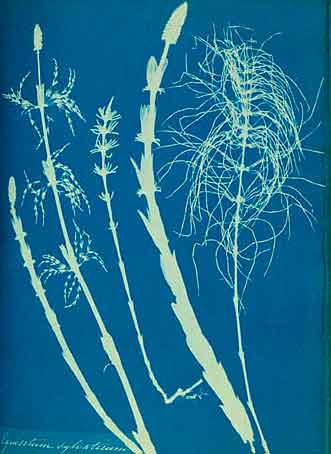
The invention was made in 1840, but it was not as popular as the daguerreotype and the Talbot models, it was mostly used for botanicals and sharp looking objects to expose the depth. The cyanotype was then used in more scientific and detailed writings and documentations to become the “blueprint”.
One of the other benefits of the cyanotype was the fact that it was much cheaper and much easier to work with which meant that one could easily experiment and not worry about losing the photographs because it was a low cost experiment.
The collodion
The success of both the two powerhouses was still not nearly as perfect as people wanted it to be. The goal was to create an image that was a precise and detailed as the daguerreotype, but with the costliness of the salt paper print which eventually resulted in the wet collodion by Frederick Scott Archer.
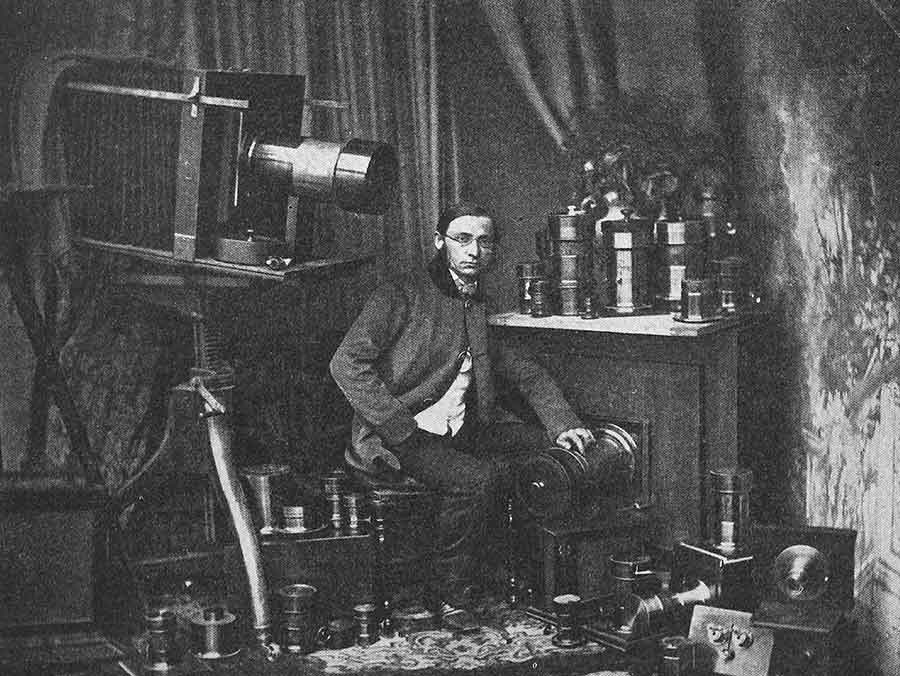
The idea behind the invention is using a glass negative contacted with other papers that can usually be made into mass producing which was one of the first elements of mass production of pictures. This marked the takeover of the daguerreotype since it was just as good when it comes to the precision, and it was economically better than the daguerreotype though it requires a lot more precision in the dark room.
While it was indeed portable with wagons and vehicles, it was also quite challenging to carry around. The albumen print was then discovered and it was hit in that era.
The platinum print, pigment process and the carbon process
The platinum print came around after the albumen print and it was an attempt to glorify the art that is photography, the images looked more matt finish as they did not have as much of a shine.
It was invented by William Willis and Alfred Clements around the 1870s, the photographic process was much faster than it was back when it took minutes and even hours to make a picture. They called themselves the artists of photographs: “pictorialists”. Often called the king of the photographic process, it gives a much more in depth look than any other process as pictures look more aesthetic and more realistic; it was an attempt at textualizing the image.
The process of making a platinum print is very expensive and it does not fade very easily, the images are more permanent than any other process that dates before. This trend of more expensive material was there because people wanted more long lasting pictures that would not fade away with time.
The woodbury type was also an invention that was made after there was a need for more permanent pictures that look more real, they were also much cheaper and they has a better lifetime than most other examples that dates before.
The Kodak
Instead of having to put pieces of plates, wet copper and carbon, Kodak made big steps in making the camera industry and the photographic process reach new heights.
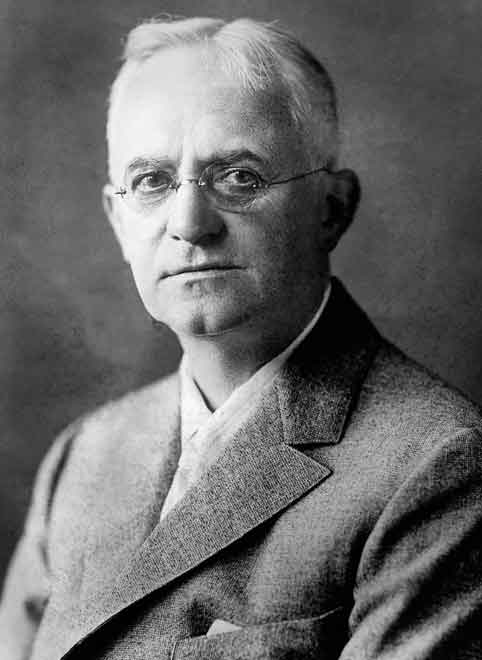
The technological advancements of the dry plates along making the camera more portable allowed for Kodak to create a system machine whereby you could take a portable camera, take as many as 100 pictures and send them back to the company and they do the printing, they also came up with the slogan “ you press the button, we do the rest” in 1888 by George Eastman who came up with Kodak.
This was known as the Gelatin silver process and it made a huge revolution in the photographic industry, people can take pictures and just get them, it was relatively cheap, and people could take pictures of whatever setting they wanted, they did not have to rent a vehicle or a wagon to carry the chemicals and the plates.
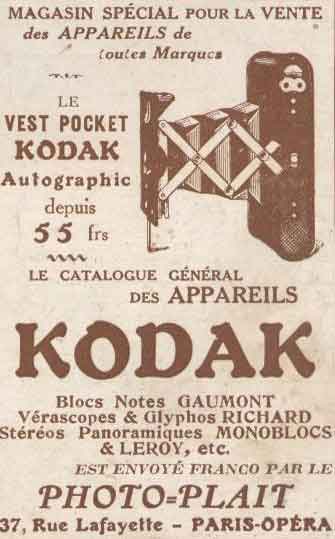
Photojournalism then took off as people could capture moments that were important to history such as revolutions and activism; it was also a process whereby people could equally be exposed to the same image on a mass process of making the picture. As a matter of fact, photography helped people bind together and feel the same way, before photography in the US, not everyone knew what the current president looked like, and not everyone knew hat exactly happened. Thanks to photography, this was made easy and popular.
Silver gelatine was also responsible for the creation of most movies with the lumiere brothers in France, and it became the standard way of sending the information to everyone. As a matter of fact, gelatine was also responsible for motion pictures, and even coloured pictures since the effects of the chemicals have different colour schemes. Of course the coloured images were not as true of a colour as the digital cameras nowadays that can capture up to millions of colours in one single frame, but it was still something that pushed the photography to become something people could feel more intimate with as it was more real.
Photography reaching new heights
When photography tool the shape of a portable picture snap shot with the help of colour, the digital age has come and the possibilities were virtually endless, one could take as many pictures as desired given they have enough plates, paper or glass, it was even on the screen and one could store them for a very long time. The photographic industry and development reach its peak with the invention of the camera phone and the new camera that marked a new age for the photographic industry to eventually become something that is an art.
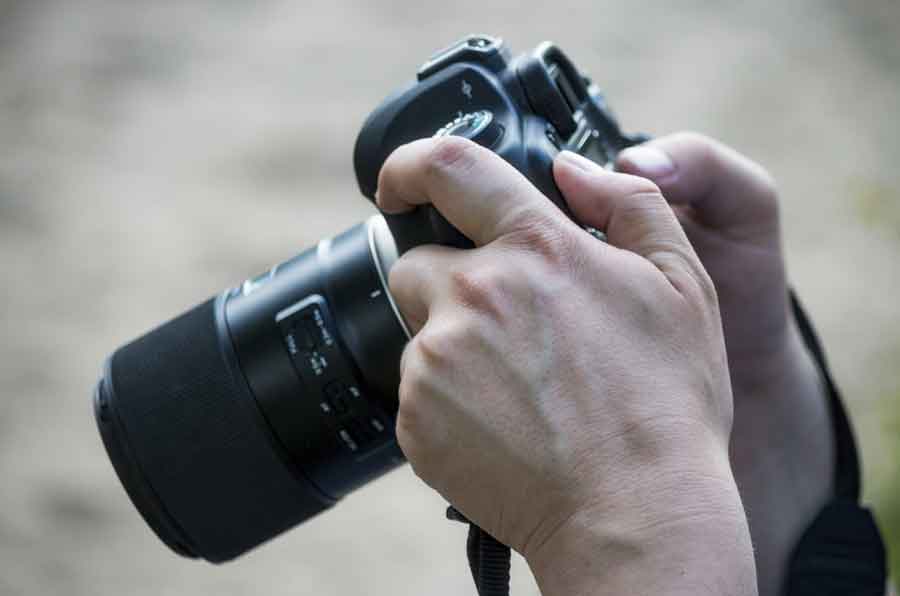
In 1924, the first 35mm camera was invented and it allowed for the manual use without the tripod, but in the 1949, the first SLR camera was invented and it became the standard for professional photography for a while. The first digitally scanned image came in 1957 and in 1963; people got the Polaroid camera that changed the photography industry forever. With the added light feature, once no longer had to rely on light coming from a source, the light is there with the camera at all time. The autofocus camera also came to include the same feature of the flash light and it changed the game, photography was then very easy and it was picked up as a hobby, some theorized the art of photography at the time in the book in the 80s such as Wilderness to wasteland by David T. Hanson, doubles life, The Americans, Looking at photographs, Man Ray, why people photograph, and so many other crucial books that have helped make photography the huge industry that it is today.
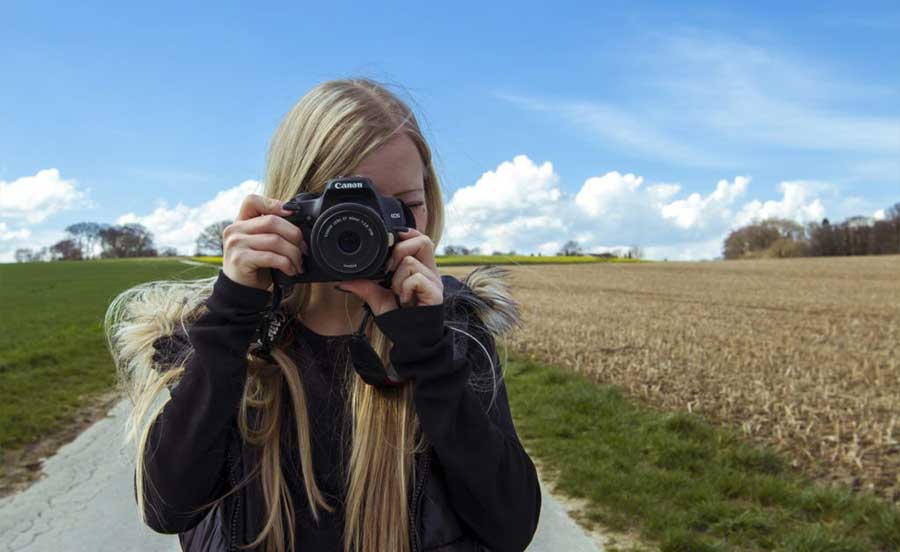
In 2004, digital cameras have become more popular and everything changed, DSLR cameras took shape, and the new technologies have started to fuse with the camera. AI merged with camera just recently in 2016 making it a conscious camera that actively modifies the picture depending on the light and colour. Cameras have become more sophisticated as they started to produce more frames per the second, images were more real and lifelike, high quality and high definition images started to become the norm, and now one can even take videos and choose whatever frame as a picture.
This was also the height of the picture theory, one of the pioneers of picture theory, Mitchell has stated in his book “ what is an image”: “The expressive aspect of imagery may, of course, become such a predominant presence that the image becomes totally abstract and ornamental, representing neither figures nor space but simply presenting its own material and formal elements. The abstract image may seem at first glance to have escaped from the realm of representation and verbal eloquence, leaving behind both figural mimesis and literary features like narrative or allegory”.

The age of the internet has also come and it changed everything in the photographic landscape, photography became about fascination, experiencing different settings at once, calming and soothing. The age of the 21st century marked the age of professional Journalism where form and meaning were something that is critical, form and meaning were also intermingled with the formalism and realism debate in cinema during the 20th century with Russian formalism exploring new ways capturing moving image can be made. The colouring itself was not actually full scale, it was actually just dots that if seen by the naked eye, it looks normal, but once someone looks in with a loop, they could see dots of colour the same way that most digital screens operate such as TVs and iphones work.
The importance of the photographic medium in this process cannot be overstated: a combination of memory work and photography brings something entirely distinctive to the methods and findings of cultural memory research.
The power of this combination stems, I would argue, from the very everydayness of photography – from the ways photography and photographs figure in most people’s daily lives and in the apparently ordinary stories we tell about ourselves and those closest to us.
(Hirsch 1997)
This, combined with the capacity of the still photographic image to ‘freeze’ a moment in time, lends extraordinary impact to an apparently ordinary medium.
(Bazin 1971; Barthes 1984)
As commonplace material artefacts, family photographs and albums contain meanings, and also seem infinitely capable of generating new ones at the point at which photography and memory work meet.
(Kuhn, A. 2007)
The development of photography one could see it as something that was developed mechanically an through invention, but what truly helped the history of photography develop is the growing passion for it to grow, photographers now to it for granted that people had to experiment with sliver salts and chemicals, while the industry would have never been as big today had it not been for that growing luring need to capture images one sees every day in their lives.
Photography represents a wide range of interests, holding a camera makes you see the world in its purest and most true form, it makes you see the art in something that regular people regard as mundane or boring, but with the right skills and passion, a photographer can take the history and innovation that has been granted to them and capture the moment, a picture worth a thousand words, a still frames that speaks for days and decades.
Final Words
This was a review of the history of photography, it had so many developments throughout the years. From the idea of the pinhole, to the 4K 120 frames per second High resolution camera that gets better with time using AI.
The photographic industry is nothing short of innovation, it has gotten better and it will still get better, what do you think was the most important step for the history of photography, what invention or prototype of cameras do you think was the cornerstone and what was the one do you think is the grandfather of all cameras, let us know in the comments below.
